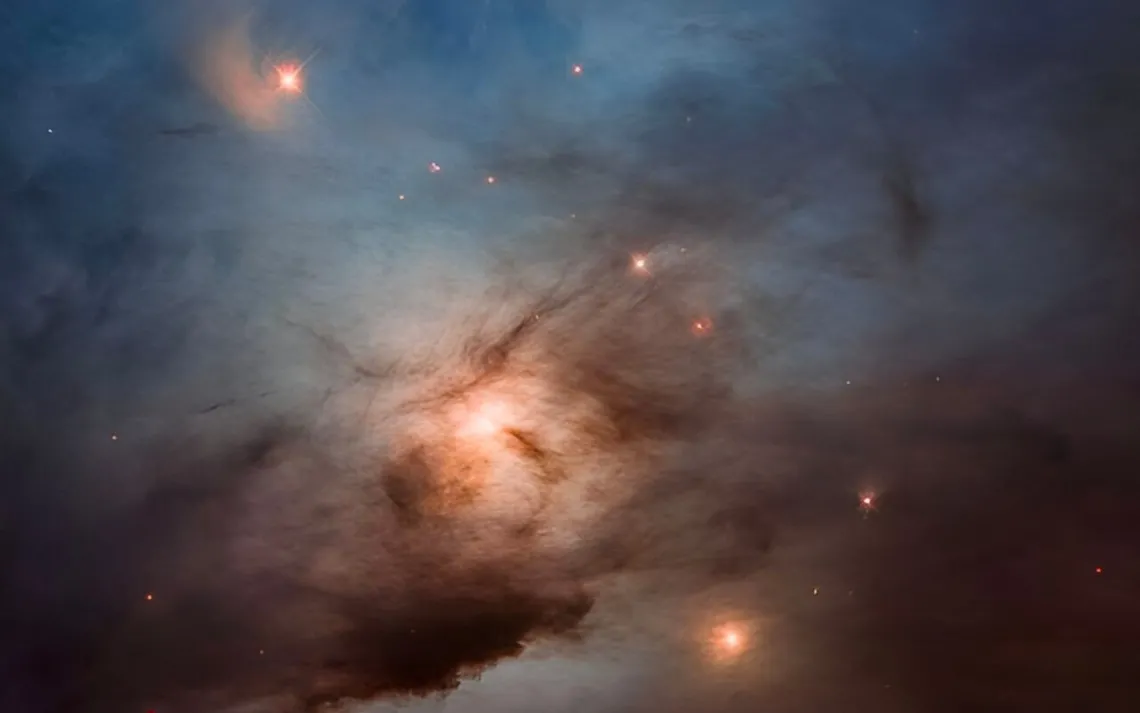Webb Finds Icy Complex Organic Molecules around Protostars

NGC 1333 is an extremely active star-forming region. This Hubble image shows how dust obscures most of the star formation. Radio telescopes have found iCOMs around young protostars in this region, and now the JWST has found even more of them.
Credit: NASA/ESA/STScI
In the quest to understand how and where life might arise in the galaxy, astronomers search for its building blocks. Complex Organic Molecules (COMs) are some of those blocks, and they include things like formaldehyde and acetic acid, among many others. The JWST has found some of these COMs around young protostars. What does this tell astronomers?
While the molecules in question are complex and organic, they're nowhere near as large as terrestrial COMs. For that reason, scientists sometimes call them iCOMs, where i stands for interstellar. iCOMS include simple alcohols, esters, nitriles, and ethers. To be a COM, a molecule must have at least six atoms, one of which must be carbon.
Astronomers have found iCOMs inside star-forming regions, in clumps called hot cores or hot corinos. These cores and corinos give rise to massive and smaller protostars, respectively. As these protostars form, they also form protoplanetary disks. So, if astronomers can detect iCOMs in these protostars, then they can reasonably expect that they'll be present in the protoplanetary disk on any rocky planets that might form. That means that there's a plausible pathway from complex organic molecules around protostars to rocky planets and the potential for life.
